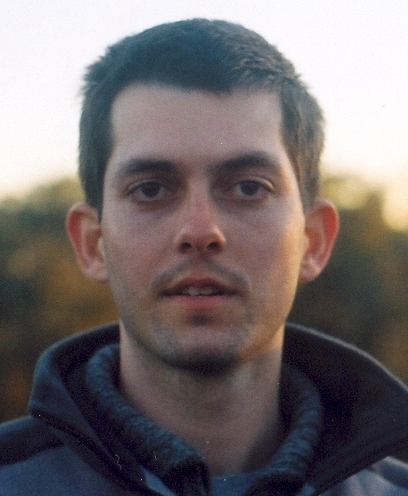J. (João) Rodrigues

Dynamics of synthesising units
A Synthetizing Unit (SU) is an enzyme whose dynamics generalize
classical enzyme kinetics. An SU binds arriving substrate molecules
and after a production time it releases product molecules. The most
important aspect of the dynamics of the SU is how the production flux
relates to the arrival fluxes. Kooijman (1998) and
subsequent papers have worked out the dynamics of the SU in a number
of important cases, such as:
- for an arbitrary number of perfect complementary substrates
(that is, substrates must have arrived with a fixed stoichiometry
before a product molecule is released) or
- for two perfect substitutable substrates (if the arrival flux of
a substrate decreases, it is possible to raise the arrival rate of the
other substrate such that the production flux remains the same) or
- for SU chains, when the production flux of an SU is the arrival
flux of another.
The aim of this project is to generalize as much as possible the
previous results and to explore the effects of different parameters in
the dynamics of SUs. Hence, once particular goal would be write a
closed-form expression for the production flux of an SU, processing an
arbitrary number of partially substitutable substrates. Another
particular goal would be to charaterize rigorously the role of spatial
strucutre in the dynamics of an SU (that is, how an arrival flux to a
set of SU's relates to the arrival flux to each SU). The last
particular goal would be to write a closed-form expression for the
production fluxes of a general network of SUs, where the production
fluxes of number of different SUs can be the arrival fluxes of other
SUs.
The results of this project would be important in two different
contexts of the DEB theory, the ones where SUs appear. One would be in
assimilation: how the stock of reserves of an organism responds to the
availability of resources. The function that relates the abundance of
resources to the change in abundance of an organism is known as
functional response. A small set of functional responses is commonly
used (Holling type I, II and III with perfect complementary or perfect
substitutability). SU dynamics has all these functional responses as a
particular case but can give rise to other functional responses, when
partial substitutability is considered.
The other context for which the results of the present project might
be useful is the mobilization of reserves. According to the DEB
theory, this mobilization is a first order process on the density of
reserves, but these dynamics are derived axiomatically, hence from
phenomenological. It would be an important development for the theory
to identify the mechanisms that lead to this dynamics, where
mechanisms are the decision rules undertaken by SUs on the basis of
local information.
